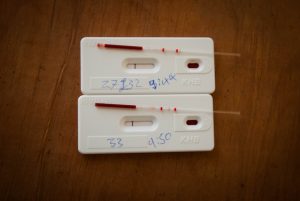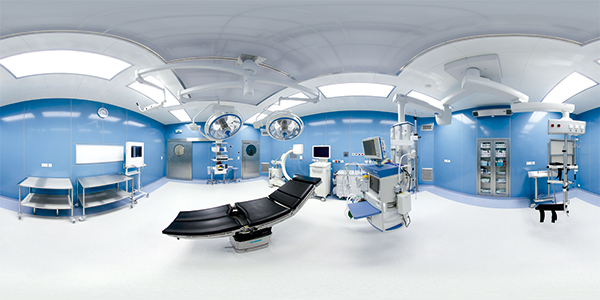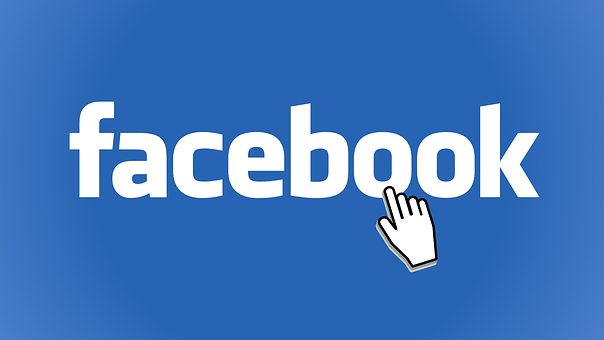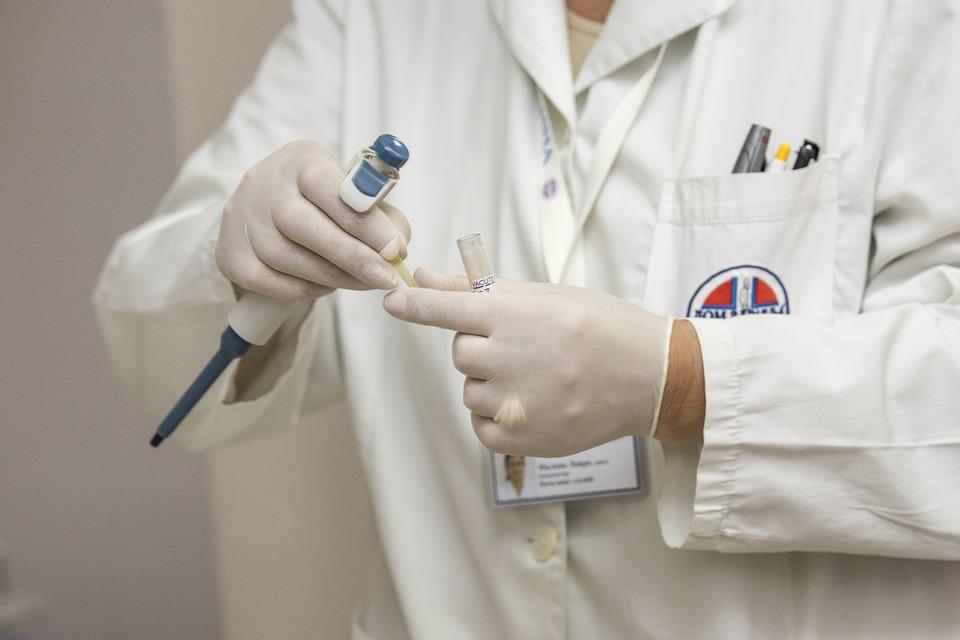Home HIV Kit: How You Can Benefit?
The Centre for Disease Control (USA) recently advised parents all across the nation to have their kids tested for the HIV virus at least once in a few years.
Testing for HIV, however, remains a stigma among people for what alone supposedly causes it and for what it entails (in the society) once the result turns positive.

If you are one among the crowd who feels that HIV-AIDS, even though loathed by the general populace, needs to be viewed as any other disease or disorder, can opt for home HIV kit which was first rolled out back in July 1996 after receiving an FDA approval.
And so, home HIV kits make it possible for individuals to access the test and its results while maintaining their privacy.
Types Of Kits Available In The US
Home Access HIV 1 Test System and OraCheck HIV test kit are the two devices available in the States for use.
The Home Access HIV 1 was first introduced back in 1996. It requires a blood sample which is then sent off to a lab via mail.
In order to use this kit, an individual must first call a toll-free number and register using an anonymous code. Pre-Counseling and a brief, anonymous interview about demographic data are conducted after which the individual collects their blood sample and sends it off to the lab for processing.
The results are made available the day (working day) after the lab receives the blood sample.
In order to get the results, customers must call the same toll-free number again and use their anonymous codes. Since the manufacturer double-checks the results before they are made available to users, additional immediate testing is not usually required if the result is negative.
If a person receives a positive test result, however, they should make an appointment with their doctor as soon as possible.
First available for sale in the U.S. in April 2013, the modern OraQuick HIV test kits provide results in about 20-40 minutes.
Individuals collect a saliva sample by swabbing their upper and lower gum lines and placing the swab in the testing solution. When the reaction is complete, users read the results at home.
Positive results are not considered final. Users are instructed to get a follow-up test at a clinic. The manufacturer provides a 24-hour toll-free counseling service and helps individuals with positive results get access to local clinics.
But one needs to beware of other kinds of HIV test kits online. These versions do not have FDA approval and their test results might not be as accurate.
Home Access Vs. OraQuick
The results of the Home Access kit are based on collecting blood samples at home and getting them analyzed by medical professionals in a laboratory. Whereas the OraQuik is based on collecting saliva samples at home and deriving results through chemical reactions.
Both the HomeAccess and OraQuick have been found to have an accuracy of more than 99%. When it comes to positive results, however, HomeAccess has an accuracy of 99.7% whereas OraQuick has about 91.7%.
Pros Of Having Private HIV Kit
The HIV kit enables increased access to HIV testing, convenience, anonymity and privacy, and is easy to use. It can encourage millions of potential patients to get checked and maintain their hygiene and health.
Cons Of Using Private HIV Kit
However, the disadvantages may seem overwhelming, too.
- People with HIV whose bloodstreams do not yet have detectable levels of antibodies for the infection may read as false negatives. This is particularly dangerous, since these people may be highly infectious.
- Reports indicate that when the test has not been carried out by a medical professional there is a drop in accuracy of detecting established HIV infection from3 to 92.9%. This can also lead to false negatives and can have dangerous consequences.
- Poor use of the OraQuick test swab on the gum line, due to dentures, or not following directions, can also lead to false negatives.
People with a high need of keeping their results (and their lives) private and safe, people living in remote areas with little to access to medical facilities, people residing in poverty-stricken areas with no HIV aide in vicinity, and those indulging in high-risk behaviors (unprotected sex, exchanging IV fluid needles, etc.) can still use these.
But they are advised to take a separate test in the future, if any confusion in the test results prevails.


